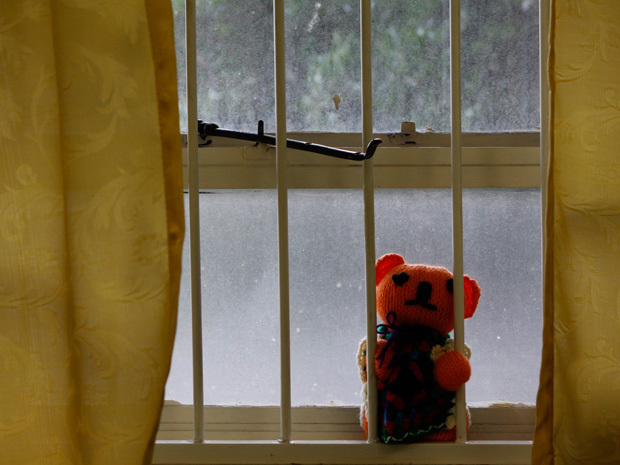in brief: south africa addresses rape after teen’s brutal death
As the trial of five men accused of raping and murdering a 24-year-old woman on a bus in India continues, the headlines turn to South Africa. A 17-year-old girl was found mutilated earlier this month. She had been raped. The Associated Press reports injuries so severe that nurses and doctors who worked to save her life were seeing trauma counselors.
Anene Booysen identified at least one of her attackers before her death. Three of the men are in their early twenties. One suspect includes an ex-boyfriend, just 22-years-old.
The country has begun to address what politician Lindiwe Mazibuko calls a ‘silent war on women and children’. A local radio station sounds a beep every four minutes as a reminder that another South African woman has been raped and editorials are questioning the pervasiveness of sexual violence and a lax justice system in that regard.
In the weeks following the young woman’s attack, death and burial, the outrage has turned to the murder of Reeva Steenkamp, shot to death by Olympian Oscar ‘Blade runner’ Pistorius. The pages that have been written about that story are, simply put, lacking. The superstar’s downfall has become the centre of these narratives.
Journalists can ask, as The Atlantic’s Lane Wallace did, why the crimes of athletes at the top of their games are so hard to accept. But equally important is the question of why so many women become the targets of male aggression and sexual violence.
South Africa is trying to answer that question. The heinousness of the crime has shaken a country where rape and assault against women and children is so common that, for some, Booysen’s death is just another news story for the international press. Michelle Faul of the Associated Press writes that the reported number of rapes in South Africa in 2011 was 2.5 times higher than India, despite a population half its size.
The country’s problems with rape and sexual assault have been well documented and studied when a case such as this one make it into the news. Among these high-profile assaults are “corrective rapes” against gay and trans women. One such story is the torture, rape, and murders of Sizakele Sigasa and Salome Massooa, found dead in a field near Johannesburg in 2007. Sizakele was an openly gay woman in Meadowlands, one of the first in the area. She was also an advocate for lesbians and women, and an HIV activist.
According to a report by ActionAid, an anti-poverty organisation based in South Africa, one Cape Town support group sees up to 10 new cases a week. Black lesbians in particular feel they are at risk of assault.
The momentum from the protests in Delhi has seized the African country now as the teen’s attackers stand trial. Unlike in India, where many called for the death penalty in the wake of the bus gang rape, the maximum sentence in South Africa is life in prison. The death penalty was abolished at the end of apartheid.
The world pays attention when the stories are especially brutal but thousands of attacks don’t make headlines. Women and young children live with the reality that a walk home or a trip to the capital could end in trauma or even death.
It’s also important to ask why it takes such a horrible case, after years and thousands of attacks, before rape stops being an accepted reality and is addressed for what it is: a dangerous result of denial and misogyny.


